Home>Garden Essentials>How Much Wildflower Seed Do I Need
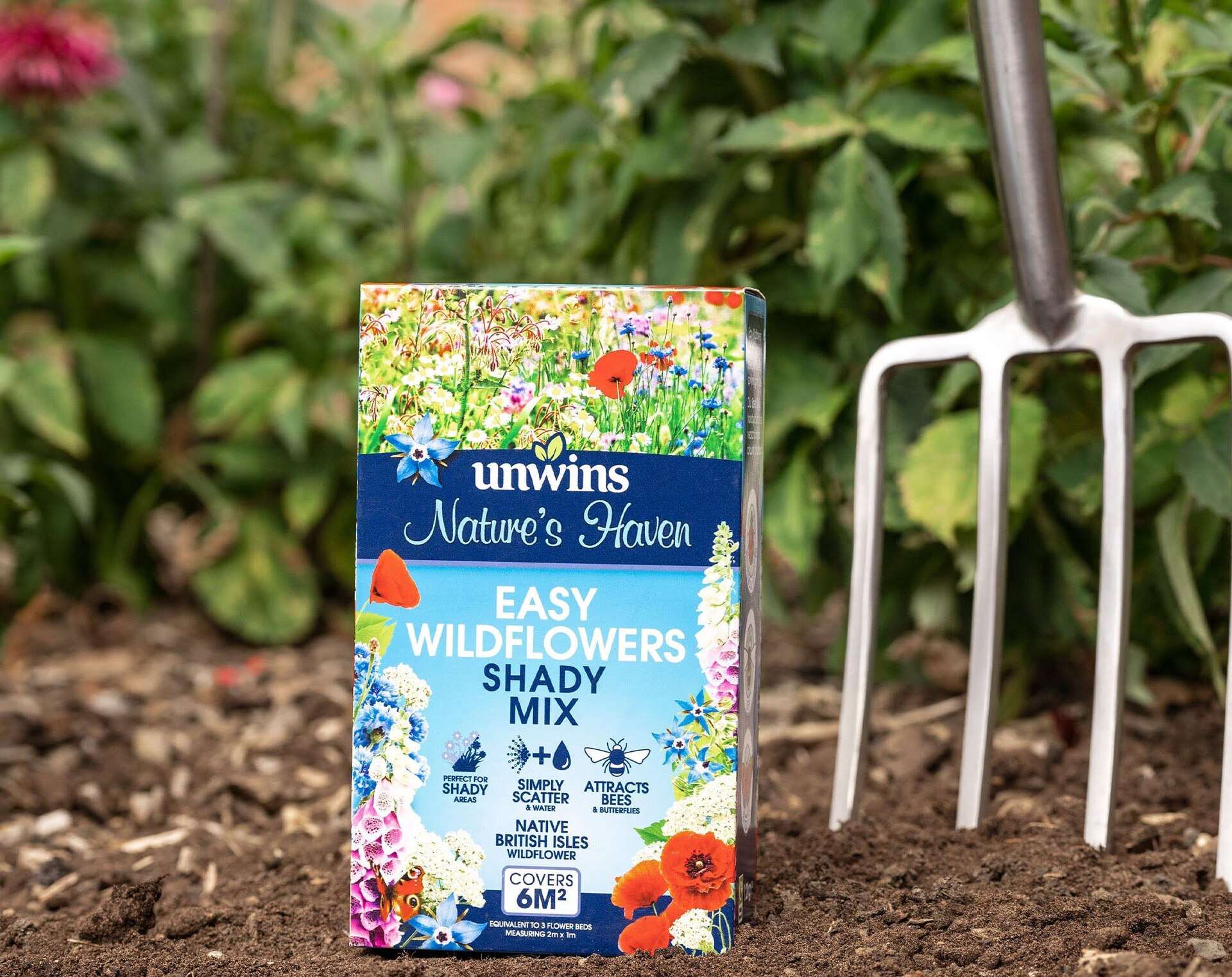

Garden Essentials
How Much Wildflower Seed Do I Need
Modified: March 24, 2024
Unsure how much wildflower seed you need for your garden? Discover the perfect amount and achieve a vibrant blooming paradise with our expert guidance.
(Many of the links in this article redirect to a specific reviewed product. Your purchase of these products through affiliate links helps to generate commission for Storables.com, at no extra cost. Learn more)
Introduction
Welcome to the wonderful world of wildflowers! Whether you have a sprawling garden or a small patch of land, adding a wildflower meadow can bring beauty and biodiversity to any outdoor space. But before you start scattering seeds, it’s important to understand how much wildflower seed you’ll need to achieve the desired effect. Determining the right amount of seed may seem like a daunting task, but fear not! In this article, we will guide you through the process of calculating the correct quantity of wildflower seed for your project.
Wildflower seed mixes are a combination of different plant species, carefully selected to create a harmonious natural landscape. They can be formulated to attract specific pollinators, provide a burst of color, or even be tailored to a specific region’s climate. Choosing the right mix for your garden is the first step towards successful wildflower planting.
Before we delve into the calculations, let’s consider a few factors that can influence the amount of wildflower seed you’ll need. The first factor is the size of the area you plan to cover. Do you want to create a small wildflower garden bed or transform an entire field? Determining the size of your planting area will help you estimate the quantity of seed required.
Another factor to consider is the desired density of the wildflowers. Do you prefer a densely packed meadow with vibrant blooms, or a more naturalized look with scattered patches of wildflowers? The density you aim for will impact the amount of seed needed.
Additionally, the type of soil and sunlight your planting area receives can influence the growth and spread of wildflowers. Areas with rich soil and ample sunlight tend to support vigorous plant growth, whereas areas with poor soil or limited sunlight may require more seed for successful establishment.
Once you have taken these factors into account, it’s time to calculate the quantity of wildflower seed needed. The most common unit of measurement for wildflower seed is in pounds per acre. This measurement allows for easy comparison and ensures consistent seeding rates across different projects.
It’s important to note that wildflower seed coverage rates can vary depending on the seed mix. Some mixes may require a higher seeding rate to achieve the desired effect, while others may require less. Be sure to check the packaging or consult with a reputable supplier to determine the recommended seeding rate for your specific mix.
Measuring the area you plan to cover is the next step in calculating the quantity of seed needed. For small areas, you can use a tape measure or ruler to measure the length and width. Multiply these measurements together to get the total square footage. For larger areas, you may need to break it down into smaller sections and calculate the square footage for each section before adding them together.
Key Takeaways:
- Calculate the right amount of wildflower seed by considering area size, desired density, and site conditions. Follow the recommended coverage rate and adjust for specific needs to ensure successful growth.
- Choose the perfect wildflower seed mix for your garden to attract pollinators, provide bursts of color, and support local biodiversity. Consider soil type, sunlight, and climate for optimal growth.
Read more: How Much Micro Clover Seed Do I Need
Understanding Wildflower Seed Mixes
Wildflower seed mixes are carefully curated combinations of different plant species that have been specifically selected to create a beautiful, diverse, and sustainable meadow or garden. These mixes are designed to provide a natural, harmonious blend of colors, heights, and bloom times, enhancing the overall aesthetic appeal and ecological benefits of your outdoor space.
One of the key advantages of using wildflower seed mixes is that they offer a variety of plants in a single package. This eliminates the need to individually select and purchase different types of seeds, saving time and simplifying the planting process. Moreover, the diversity of species in these mixes helps to attract various pollinators, such as bees, butterflies, and hummingbirds, enhancing biodiversity and supporting the overall health of the ecosystem.
Wildflower seed mixes can be categorized into different types, each offering unique benefits and characteristics. Annual mixes consist of plants that complete their life cycle within a single growing season. These mixes often bloom quickly and provide a burst of vibrant colors during their short lifespan. Some common annual wildflowers include California poppy, cosmos, and sunflowers.
Perennial mixes, on the other hand, contain plants that live for multiple years, regrowing and blooming year after year. These mixes provide long-lasting beauty and are more sustainable in the long run. Perennial wildflowers such as coneflowers, black-eyed Susans, and lupines are known for their resilience and ability to thrive in a wide range of growing conditions.
There are also region-specific wildflower seed mixes that are specifically tailored to the climate, soil conditions, and native plant species of a particular area. These mixes are designed to ensure successful growth and establishment of wildflowers, taking into account the unique environmental factors in each region. Planting region-specific mixes can help promote local biodiversity and support the native plant populations.
Some wildflower seed mixes are formulated with specific goals in mind. For example, pollinator mixes are designed to attract and support bees, butterflies, and other beneficial insects that play a crucial role in the pollination of plants. These mixes often include nectar-rich flowers and provide habitat and food sources for pollinators.
It’s important to carefully consider your gardening goals and the specific requirements of your outdoor space when selecting a wildflower seed mix. Whether you’re looking to create a vibrant display of colors, support pollinators, or establish a low-maintenance, sustainable landscape, there is a wildflower seed mix available to suit your needs.
By understanding the different types of wildflower seed mixes and their unique characteristics, you can choose the perfect blend to create a stunning and ecologically friendly garden or meadow that will bring joy and beauty for years to come.
Factors to Consider
When planning your wildflower planting project, there are several important factors to take into consideration. By understanding these factors, you can ensure the success of your wildflower meadow or garden and create an environment that will thrive for years to come.
1. Soil Type: The type of soil in your planting area can greatly impact the growth and establishment of wildflowers. Some wildflowers thrive in well-drained soils, while others prefer moist or clay soils. Understanding your soil type will help you choose the right wildflower species that are best suited for your specific conditions. It may also be necessary to amend the soil with organic matter or make other adjustments to improve its quality.
2. Sunlight: The amount of sunlight your planting area receives is another crucial factor to consider. Most wildflowers require full sun to bloom to their fullest potential. If your area is shaded for a significant portion of the day, you may need to select shade-tolerant wildflower species that can thrive with less direct sunlight.
3. Climate: Different wildflower species are adapted to specific climatic regions. Before selecting a wildflower seed mix, it’s important to consider the climate of your area. Some wildflowers are better suited for cooler climates, while others thrive in warmer regions. Understanding your local climate will help you choose the right mix of species that will flourish in your area.
4. Watering: Wildflowers are generally low-maintenance and require minimal watering once established. However, providing adequate water during the germination and establishment phase is crucial for successful growth. Consider the availability of water in your planting area and plan accordingly. If water is limited, you may need to select drought-tolerant wildflowers that can withstand dry conditions.
5. Maintenance: Another factor to consider is the level of maintenance you are willing to undertake. Some wildflower species may require more care and attention, such as deadheading or cutting back, to maintain their appearance. If you prefer a low-maintenance garden, choose species that are naturally self-seeding or have a longer blooming period without much intervention.
6. Local Regulations: It’s important to be aware of any local regulations or restrictions regarding wildflower planting. Some areas may have specific rules regarding invasive species or protected native plants. Familiarize yourself with the regulations in your area to ensure compliance and protect the natural ecosystem.
By considering these factors and understanding the specific requirements of your planting area, you can make informed decisions when selecting the right wildflower seed mix. Taking the time to carefully plan and prepare will greatly increase the chances of successful growth and a beautiful, thriving wildflower meadow or garden.
Calculating Seed Quantity
Now that you have a good understanding of wildflower seed mixes and the factors to consider, it’s time to calculate the quantity of seed needed for your project. The following steps will guide you through the process:
1. Seed Coverage Rate: The first step is to determine the recommended seed coverage rate for the specific wildflower seed mix you have chosen. This information can usually be found on the packaging or obtained from the supplier. The coverage rate is typically expressed in pounds per acre, indicating the amount of seed needed to cover an area of one acre. For example, if the recommended coverage rate is 10 pounds per acre, you will need 10 pounds of seed to cover one acre.
2. Area Measurement: Next, measure the area you plan to cover with wildflowers. This can be done by measuring the length and width of the area and multiplying the two measurements together to calculate the square footage. For irregularly shaped areas, you may need to break it down into smaller sections and calculate the square footage for each section separately. For larger areas, it’s helpful to use a measuring tape or a measuring wheel.
3. Adjusting for Specific Site Conditions: Consider any adjustments needed based on specific site conditions. If your soil is poor or your area is shaded, you may need to increase the amount of seed to compensate for potential lower germination rates and slower growth. On the other hand, if your soil is rich and your area receives ample sunlight, you may be able to slightly reduce the seed quantity.
4. Calculation: Once you have the square footage of your planting area and the recommended seed coverage rate, you can determine the quantity of seed needed. Convert the square footage of your area into acres by dividing it by 43,560 (the number of square feet in an acre). Then, multiply the acreage by the recommended seed coverage rate in pounds per acre to obtain the total seed quantity required. For example, if your area is 5,000 square feet (approximately 0.115 acres) and the recommended coverage rate is 10 pounds per acre, you would need approximately 1.15 pounds of seed (0.115 acres x 10 pounds per acre).
5. Adjusting for Seed Variety: If you are using a mix of different wildflower seeds, you may need to adjust the quantity for each species within the mix. This can be done by dividing the total seed quantity needed by the number of species in the mix to obtain the quantity needed per species. This ensures an even distribution of each type of seed within the planting area.
Remember, it’s always better to slightly overestimate the seed quantity to account for any potential gaps or uneven distribution during planting. However, avoid using excessive amounts of seed as it can lead to overcrowding and competition between plants.
By following these steps and calculating the appropriate seed quantity, you can ensure the successful establishment of your wildflower meadow or garden. Happy planting!
Seed Coverage Rate
The seed coverage rate refers to the recommended amount of wildflower seed needed to achieve the desired density and coverage for your planting area. This rate is typically expressed in pounds per acre, providing a standardized measurement that allows for easy comparison and consistent seeding rates across different projects.
The coverage rate can vary depending on the specific wildflower seed mix you are using. Different mixes may require different seeding rates to achieve the desired effect. It’s important to check the packaging or consult with a reputable supplier to determine the recommended coverage rate for your specific mix.
The coverage rate takes into account factors such as the size and type of seeds, the growth habits of the wildflowers, and the desired density of the planting. Some wildflowers have smaller seeds that require a higher quantity to achieve adequate coverage, while others have larger seeds that can be spread more sparingly.
For example, a coverage rate of 10 pounds per acre means that approximately 10 pounds of wildflower seed should be spread evenly over an area of one acre. This rate is often suitable for general wildflower meadows or gardens, providing a balance between density and natural appearance. However, it’s important to note that coverage rates can vary depending on the specific goals of your project.
If you prefer a more densely packed meadow with vibrant blooms, you may opt for a higher coverage rate. This can create a stunning display of colors and ensure a fuller and more lush appearance. On the other hand, if you prefer a more naturalized look with scattered patches of wildflowers, you may choose a lower coverage rate. This allows for a more organic and spontaneous growth pattern, mimicking the beauty of natural wildflower meadows.
It’s worth mentioning that while the coverage rate provides a general guideline, you can adjust the quantity of seed based on your specific preferences and the conditions of your planting area. If the soil is poor or the area is shaded, you may need to increase the seed quantity to compensate for potentially lower germination rates and slower growth. Conversely, if the soil is rich and the area receives ample sunlight, you may be able to slightly reduce the seed quantity.
By following the recommended seed coverage rate and making any necessary adjustments, you can ensure the successful establishment of your wildflower meadow or garden. Remember, moderation is key – aim for a density that allows for healthy growth and prevents overcrowding. Happy planting!
A general rule is to use 3-5 grams of wildflower seed per square meter for a meadow, or 1-2 grams for a smaller area. Adjust based on the specific seed mix and desired density.
Area Measurement
Accurately measuring the area you plan to cover with wildflowers is a crucial step in calculating the quantity of seed needed for your project. By determining the size of your planting area, you can ensure you purchase the correct amount of seed and achieve the desired coverage. Here are some tips for measuring your planting area:
1. Rectangular or Square Area: If your planting area is a simple rectangle or square, measuring is straightforward. Use a tape measure or ruler to determine the length and width of the area. Then, multiply the length by the width to calculate the square footage. For example, if your planting area is 10 feet long and 8 feet wide, the square footage would be 80 square feet (10 feet x 8 feet).
2. Irregular Shapes: If your planting area has irregular shapes, it may be a bit more challenging to measure accurately. Break down the area into smaller sections, each with a regular shape. Measure each section individually using the same method as described above. Once you have the square footage for each section, add them together to get the total square footage of the planting area.
3. Circular Area: For circular planting areas, use a measuring tape or a long piece of string to measure the diameter or radius of the circle. If you have the diameter, simply divide it by 2 to get the radius. Then, use the following formulas to calculate the square footage:
– If you have the radius: Square footage = π (pi) x r^2, where π is approximately 3.14 and r is the radius.
– If you have the diameter: Square footage = (π / 4) x d^2, where π is approximately 3.14 and d is the diameter.
4. Triangular Area: To measure a triangular planting area, use a tape measure or ruler to determine the base length and the height of the triangle. Multiply the base length by the height and divide the result by 2 to calculate the square footage. For example, if the base length of the triangle is 6 feet and the height is 4 feet, the square footage would be 12 square feet (6 feet x 4 feet ÷ 2).
5. Multiple Areas: If you have different sections in your planting area, measure each section individually using the appropriate method described above. Then, add together the square footage of all the sections to get the total square footage of the entire planting area.
Remember, it’s important to measure accurately to ensure you have the correct quantity of seed for your project. Estimating the size of your area can lead to either insufficient or excessive seed coverage. By taking the time to measure carefully, you can achieve the desired density and coverage of wildflowers in your garden or meadow. Happy planting!
Adjusting for Specific Site Conditions
When planning your wildflower planting project, it’s important to consider the specific site conditions of your planting area. These conditions can have a significant impact on the growth and establishment of wildflowers and may require adjustments to the quantity of seed needed. Here are some factors to consider when adjusting for specific site conditions:
1. Soil Quality: The quality of your soil plays a crucial role in the success of your wildflower planting. Poor soil quality, such as compacted soil or soil with low nutrient content, can hinder the growth and establishment of wildflowers. In such cases, it may be necessary to increase the quantity of seed to compensate for potential lower germination rates and slower growth. Additionally, consider improving the soil by adding organic matter, such as compost, to enhance its fertility and drainage capacity.
2. Sunlight Availability: The amount of sunlight your planting area receives is another important factor to consider. Most wildflowers thrive in full sun, requiring at least 6 hours of direct sunlight per day. If your area is partially shaded or receives limited sunlight, it may be necessary to select shade-tolerant wildflower species or adjust the quantity of seed to account for potential slower growth in these conditions. Shade-tolerant species typically require less sunlight to thrive and can be a great option for areas with limited sun exposure.
3. Moisture Levels: The moisture levels in your planting area can also impact the growth of wildflowers. If your area tends to be dry or experiences hot and dry summers, it may be necessary to select drought-tolerant wildflower species that can withstand dry conditions. These species are adapted to lower water availability and can thrive with less frequent watering. Adjusting the seed quantity to include more drought-tolerant species will ensure a successful wildflower meadow or garden in arid or dry regions.
4. Local Climate: The regional climate of your area is an important consideration when adjusting for specific site conditions. Different wildflower species are adapted to specific climatic conditions, and it’s important to select species that are suitable for your particular region. For example, in colder climates, it may be necessary to choose cold-hardy species that can withstand frost and freezing temperatures. On the other hand, in warmer regions, heat-tolerant species may be required. Consider the temperature ranges and weather patterns of your area when making adjustments to the seed quantity.
5. Existing Vegetation: Take into account any existing vegetation or weeds in your planting area. If the area is already populated with plant growth, it may be necessary to adjust the seed quantity to account for competition between the wildflowers and the existing vegetation. In such cases, it may be beneficial to remove or control the existing vegetation before planting the wildflower seeds to ensure successful establishment.
By considering these specific site conditions and making appropriate adjustments to the seed quantity, you can optimize the success and growth of your wildflower meadow or garden. Taking the time to understand the unique characteristics of your planting area will help you create a beautiful and thriving ecosystem. Happy planting!
Tips for Successful Wildflower Planting
Wildflower planting can be a rewarding and enjoyable experience, transforming your outdoor space into a vibrant and ecologically-friendly haven. To ensure your wildflowers thrive and provide a beautiful display of colors, consider the following tips for successful wildflower planting:
1. Prepare the Soil: Before sowing your wildflower seeds, it’s essential to prepare the soil properly. Clear the area of any weeds or existing vegetation to reduce competition for resources. Loosen the soil with a rake or garden fork to improve seed-to-soil contact and promote better germination. If your soil is poor in quality, consider adding organic matter like compost to improve fertility and drainage.
2. Optimal Timing: Choose the right time to sow your wildflower seeds. Generally, spring and fall are the best seasons for planting wildflowers, as the soil temperature and moisture levels are favorable for germination. Avoid sowing during extremely hot and dry periods, as it may lead to poor seed establishment. Check the specific instructions on the seed packaging or consult with a local gardening expert to determine the optimal time for planting in your region.
3. Seed Distribution: Evenly distribute the wildflower seeds across your planting area for a consistent and balanced coverage. Consider dividing the seed quantity into smaller portions to ensure more uniform distribution. In larger areas, use methods like hand broadcasting or mechanical spreaders to ensure an even spread of seeds. This will help prevent overcrowding in some areas and sparser growth in others.
4. Seed Depth: The depth at which you sow the wildflower seeds is crucial for successful germination. Typically, wildflower seeds should be sown at a shallow depth, as most require light for germination. Gently press the seeds into the soil or lightly rake them to ensure good seed-to-soil contact without burying them too deep.
5. Watering and Moisture: Adequate moisture is essential for seed germination and the establishment of young seedlings. Water your planting area after sowing the seeds and continue to water regularly, keeping the soil moist but not waterlogged. A fine misting or drip irrigation system can be beneficial to avoid disturbing the seeds or causing erosion. Monitor the moisture levels and adjust your watering schedule based on the rainfall and temperature in your area.
6. Weed Control: As your wildflowers grow, keep a vigilant eye for invasive weeds that may compete with your desired wildflower species. Regularly remove any weeds by hand or carefully use a weeding tool to prevent them from overtaking the area. Be cautious not to disturb the wildflower seedlings during this process.
7. Patience and Maintenance: Wildflowers take time to establish and grow. Be patient and allow them to develop and bloom at their own pace. As the wildflowers mature, deadhead any spent blooms to encourage prolonged blooming and prevent the formation of seeds. Although wildflowers are generally low maintenance, some light grooming may be required from time to time to remove any overgrown vegetation or maintain the desired appearance.
8. Enjoy Local Varieties: Whenever possible, choose native wildflower species that are adapted to your local climate and support the native ecosystem. These native flowers provide essential food and habitat for local pollinators, birds, and other wildlife. By incorporating local varieties, you can create a diverse and resilient ecosystem that benefits both your garden and the surrounding environment.
Remember, wildflowers are known for their natural beauty and charm, so embrace the wild and spontaneous growth patterns that may occur. By following these tips and nurturing your wildflowers with care, you can enjoy a stunning display of colors and contribute to the conservation of biodiversity in your area.
Conclusion
Creating a wildflower meadow or garden is a wonderful way to enhance the beauty and ecological diversity of your outdoor space. By understanding the factors involved in successful wildflower planting and calculating the appropriate quantity of seeds, you can ensure the establishment of a vibrant and thriving wildflower ecosystem.
Remember to choose the right wildflower seed mix that aligns with your goals, whether it’s attracting pollinators, providing bursts of color, or supporting local biodiversity. Consider the specific site conditions including soil type, sunlight availability, moisture levels, and climate to make adjustments for optimal growth and establishment.
Accurate measurement of your planting area and adherence to the recommended seed coverage rate will help you calculate the necessary quantity of wildflower seeds. Take into account any existing vegetation and adjust the seed quantity as needed to avoid competition.
Follow the tips for successful wildflower planting such as soil preparation, choosing the right timing, even seed distribution, proper seed depth, adequate watering, weed control, and patience for the wildflowers to grow and bloom. Incorporating local varieties and native species will contribute to the sustainability and ecological benefits of your wildflower ecosystem.
Whether you have a small garden bed or a large meadow, wildflowers will transform your outdoor space into a vibrant and enchanting haven. Enjoy the beauty of their colorful blooms, help support pollinators, and contribute to the natural landscape around you.
With proper planning, care, and a touch of nature’s wildness, your wildflower meadow or garden will bring joy and wonder for seasons to come. So, get out there, spread those seeds, and watch as a tapestry of color and life unfolds before your eyes. Happy wildflower planting!
Frequently Asked Questions about How Much Wildflower Seed Do I Need
Was this page helpful?
At Storables.com, we guarantee accurate and reliable information. Our content, validated by Expert Board Contributors, is crafted following stringent Editorial Policies. We're committed to providing you with well-researched, expert-backed insights for all your informational needs.
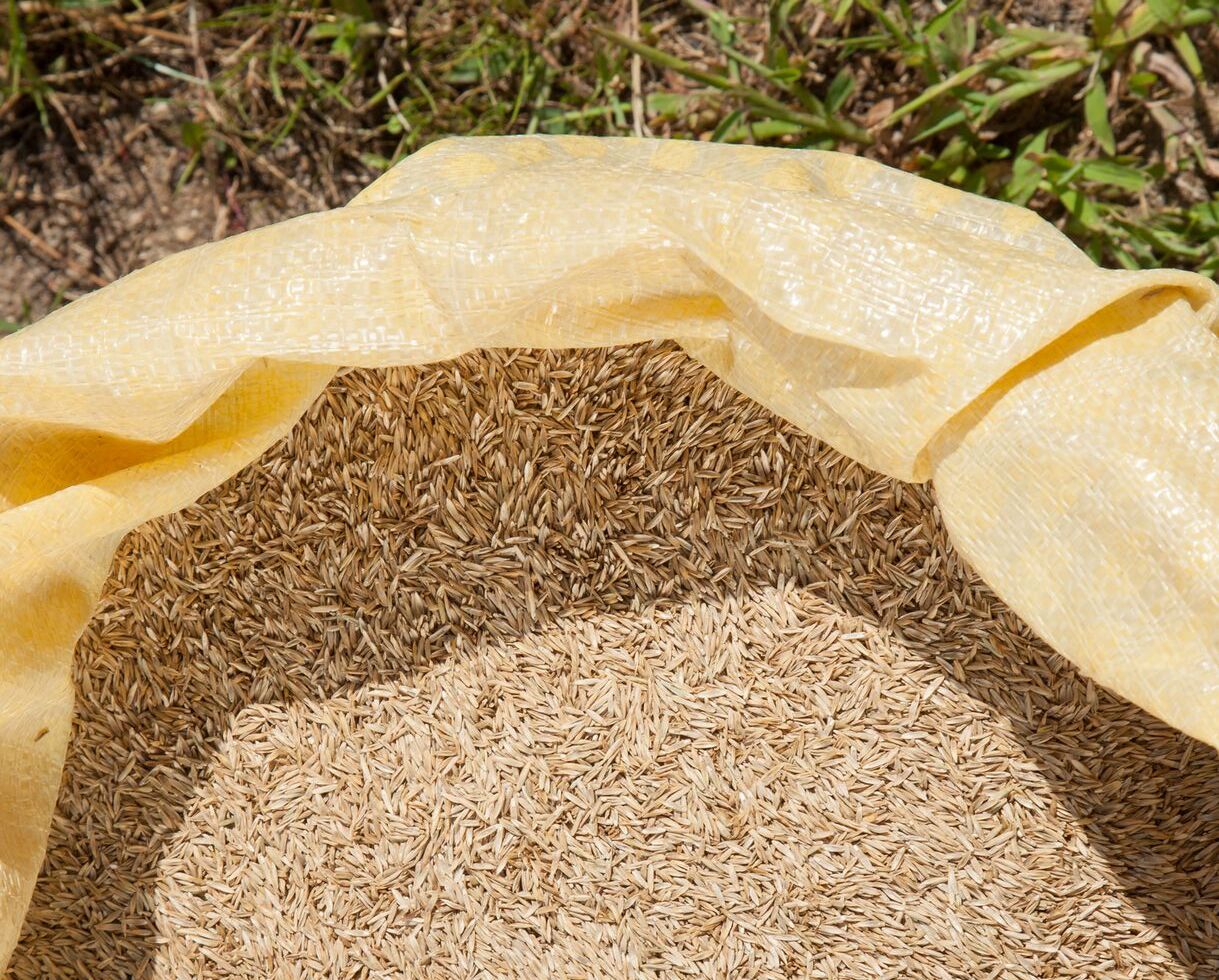
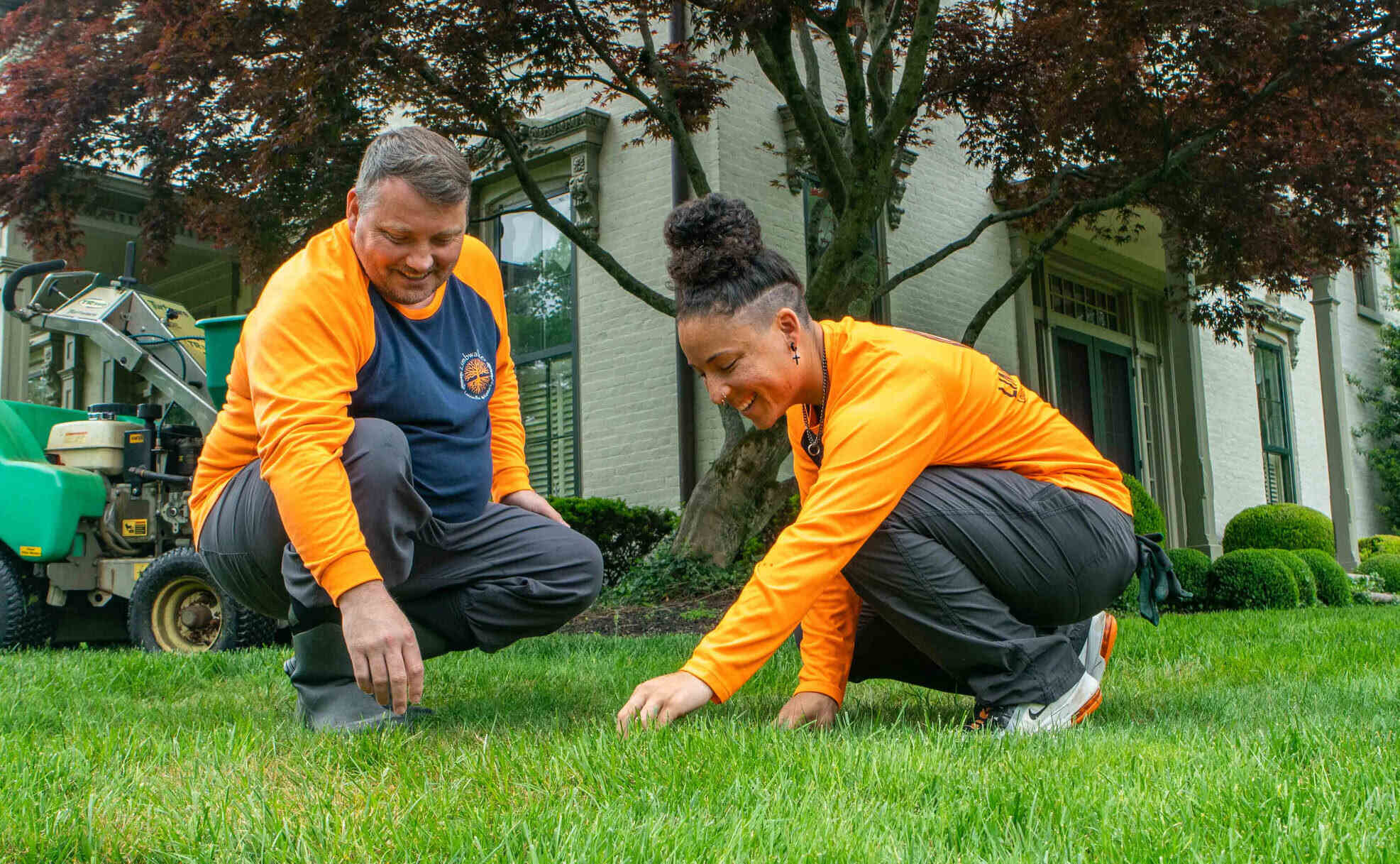
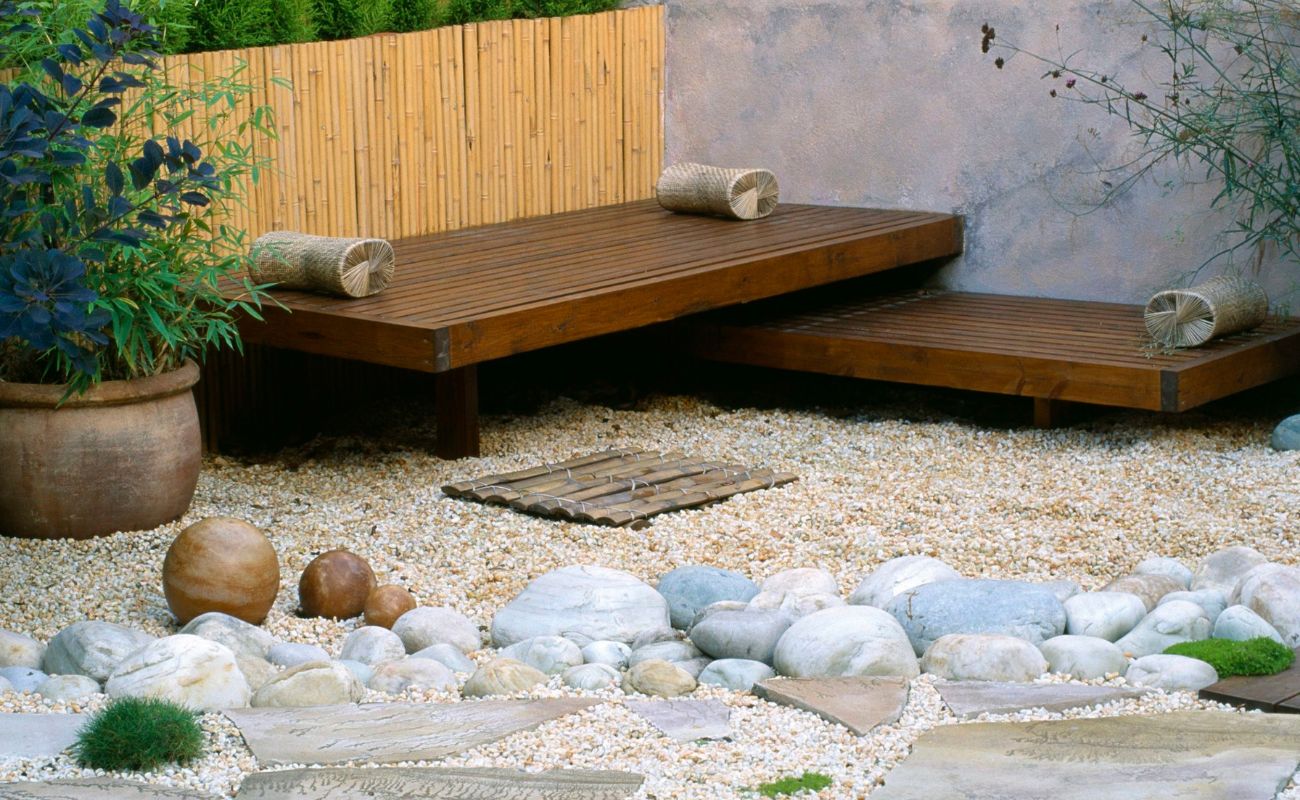
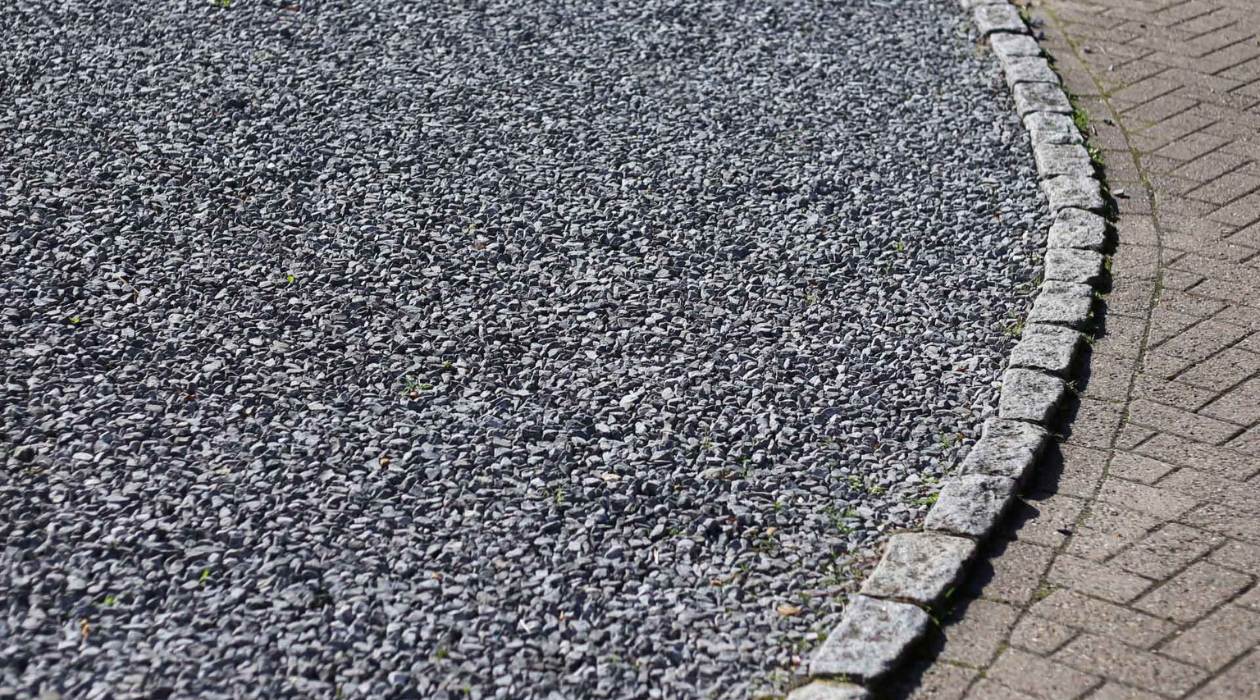
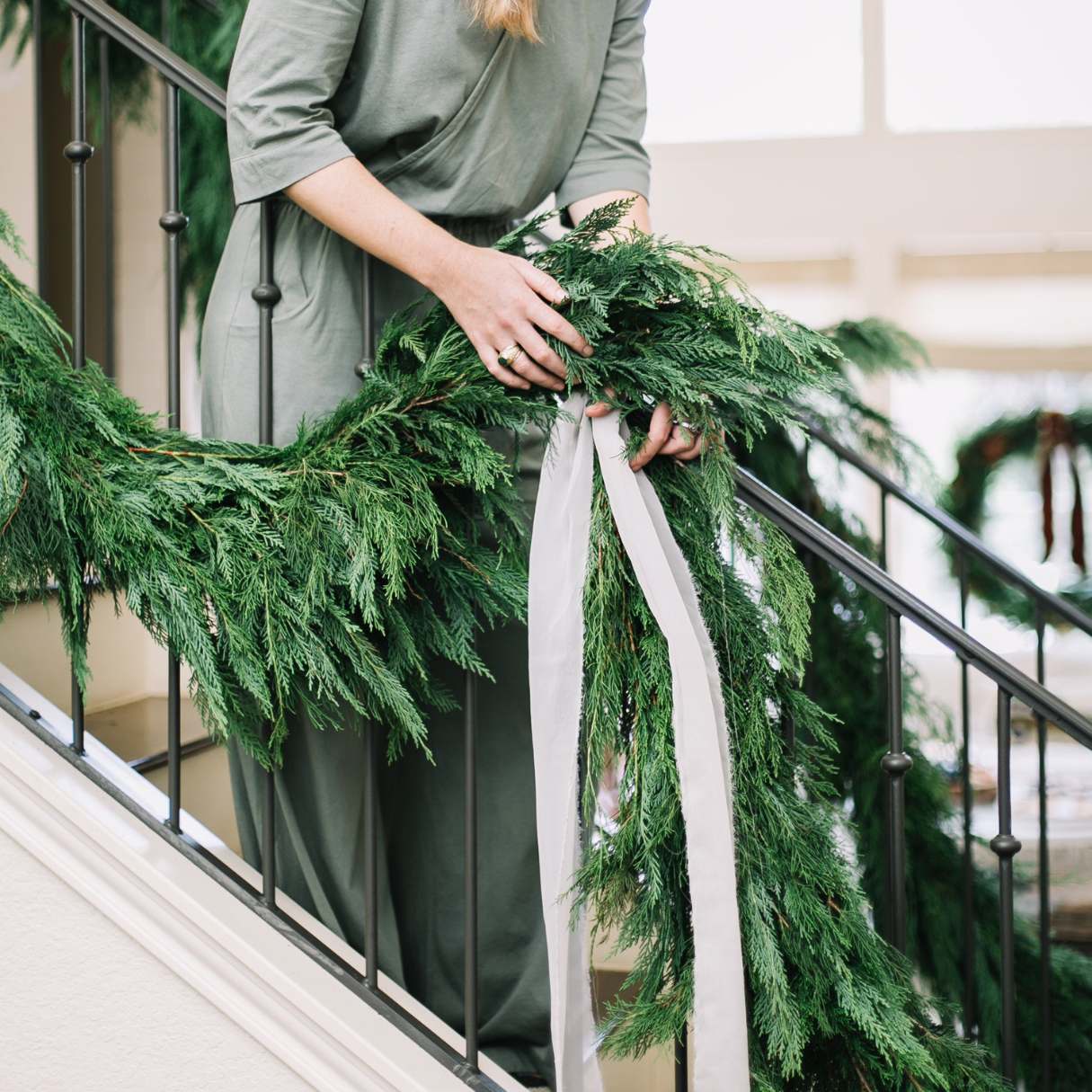
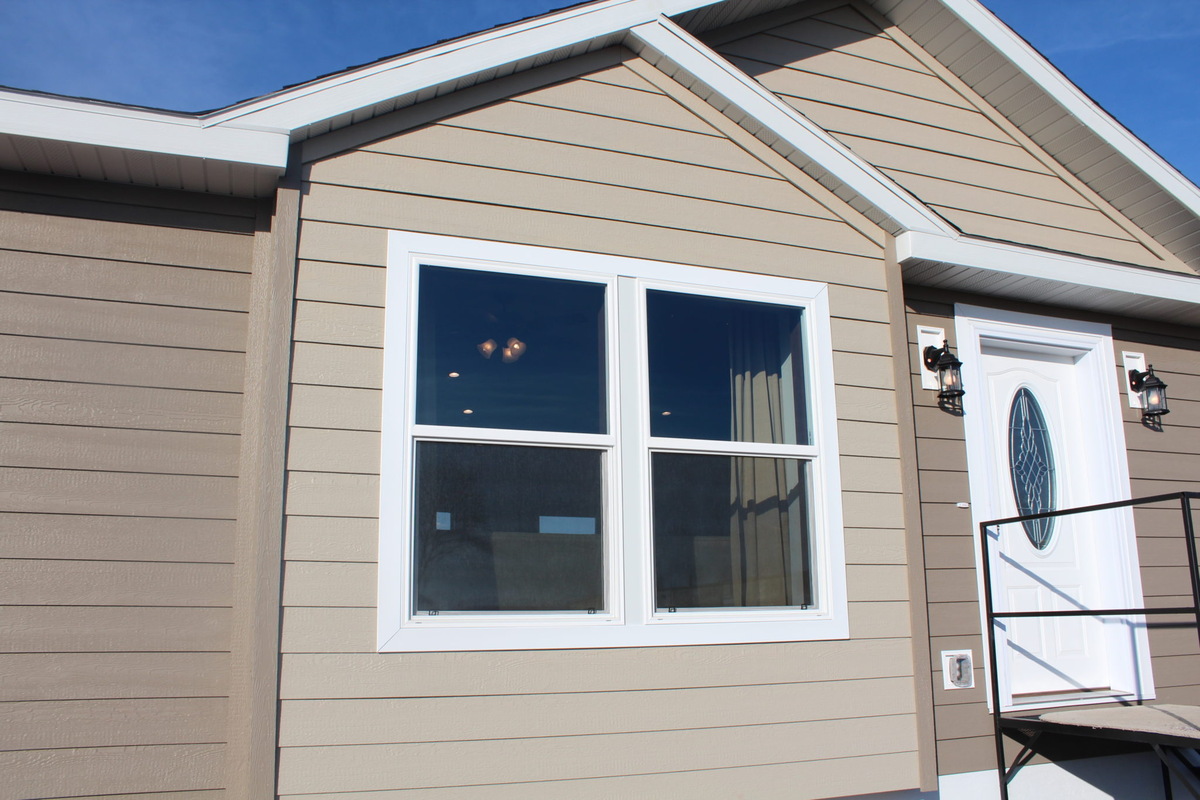
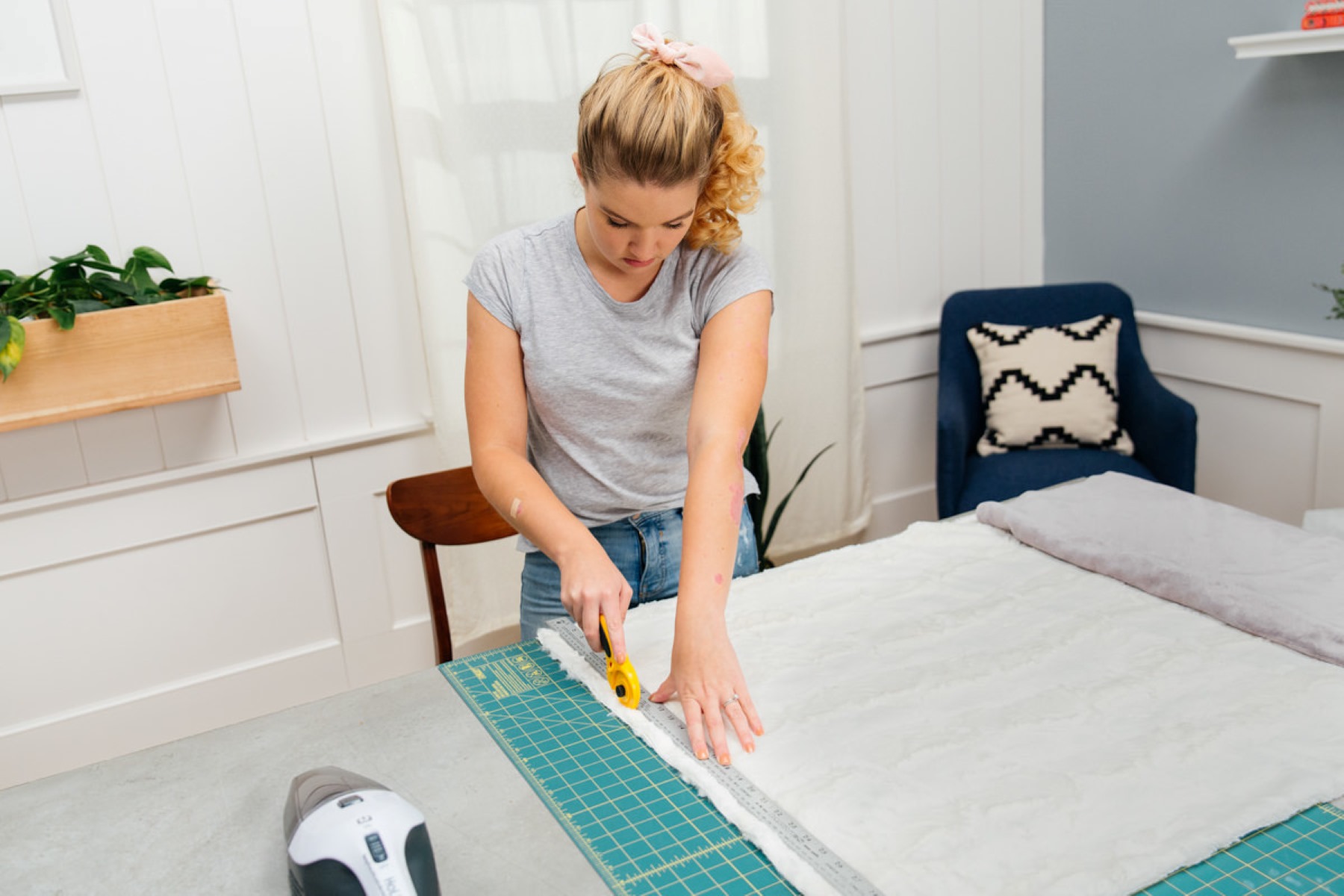
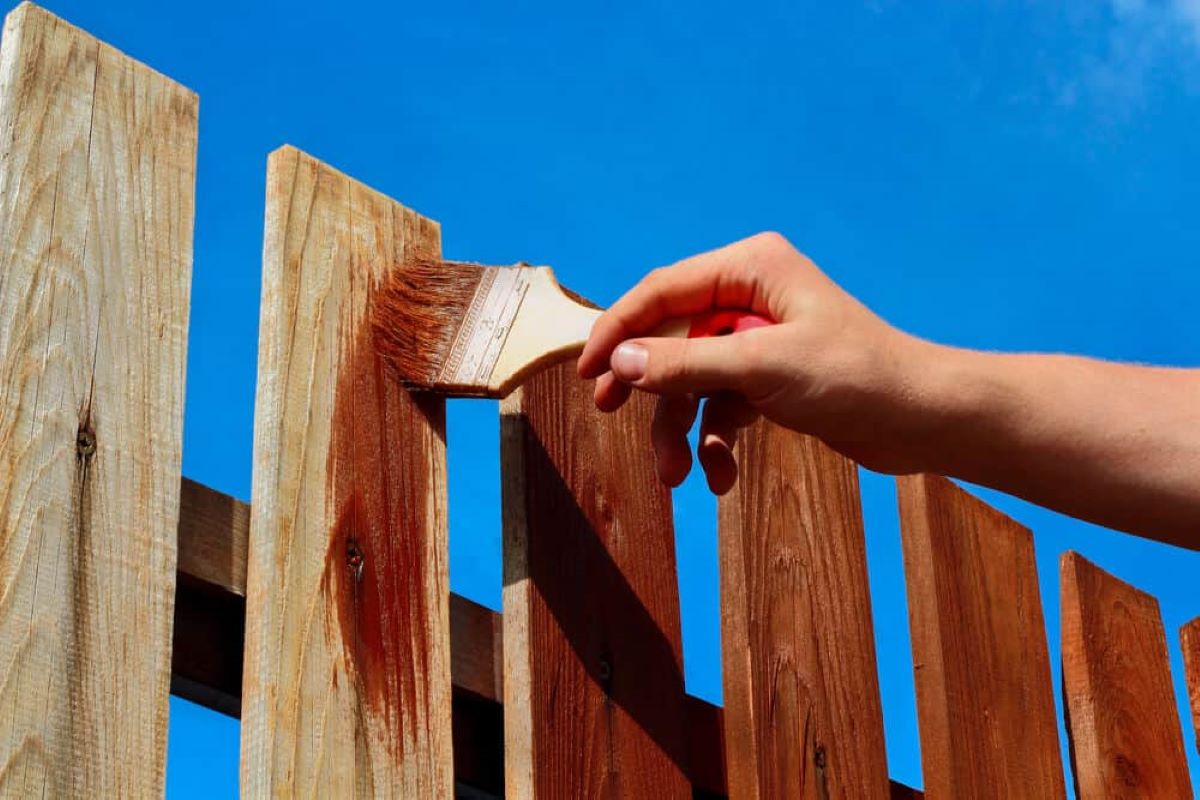
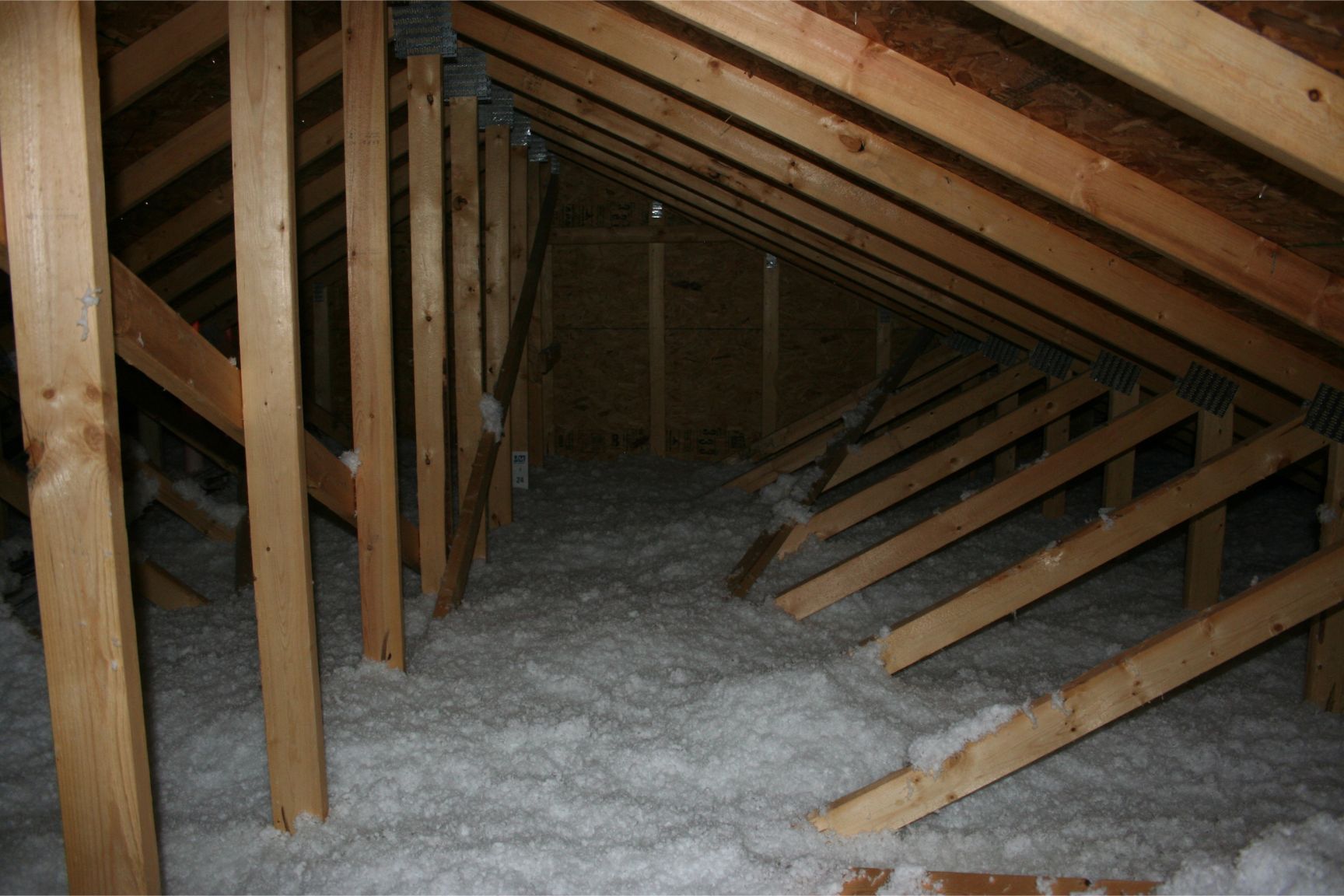
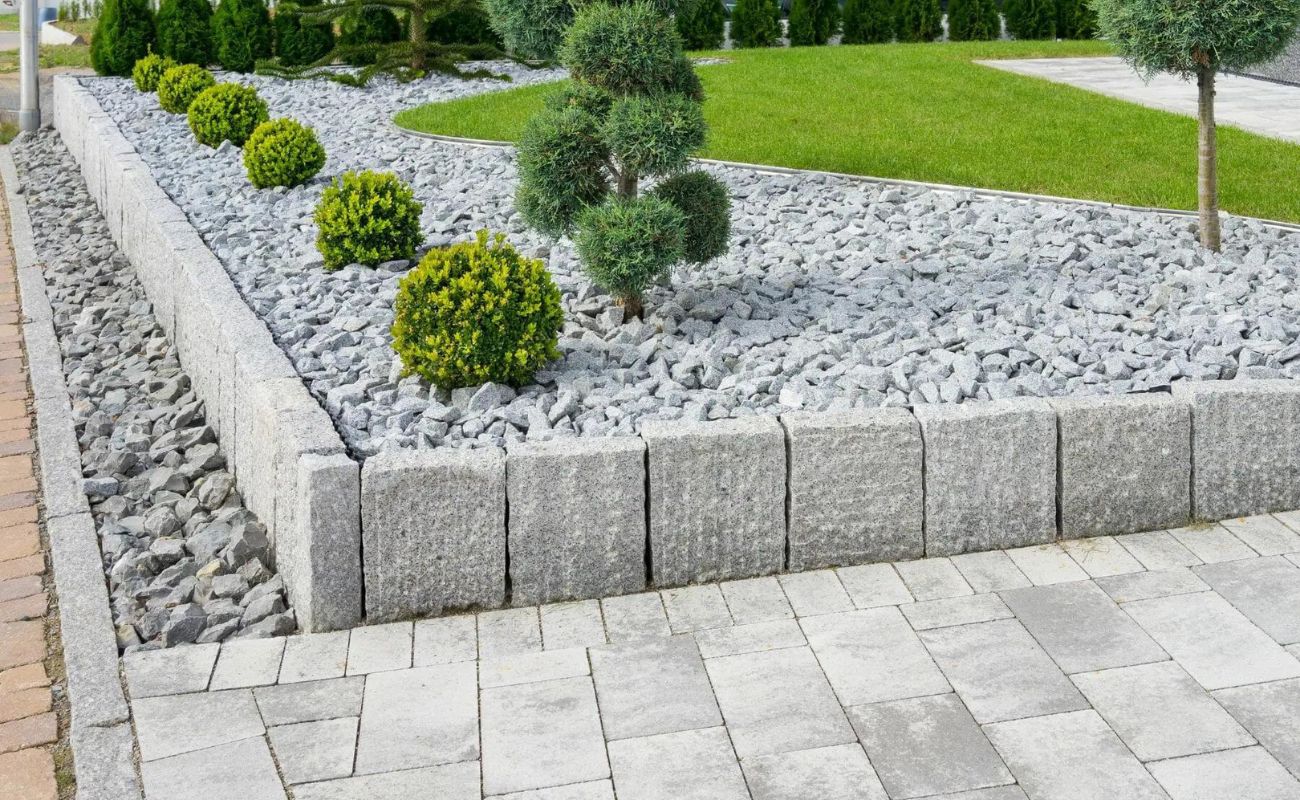
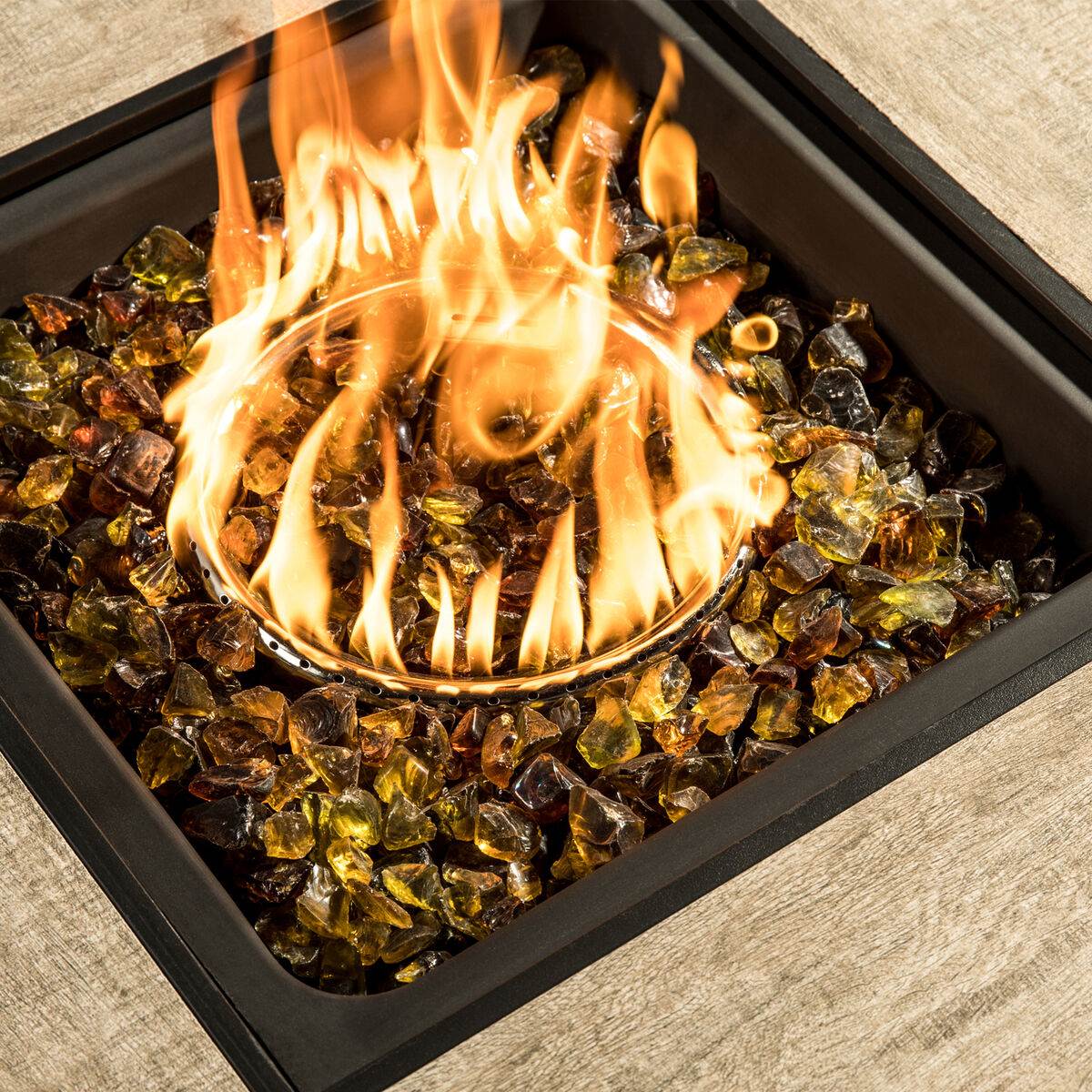
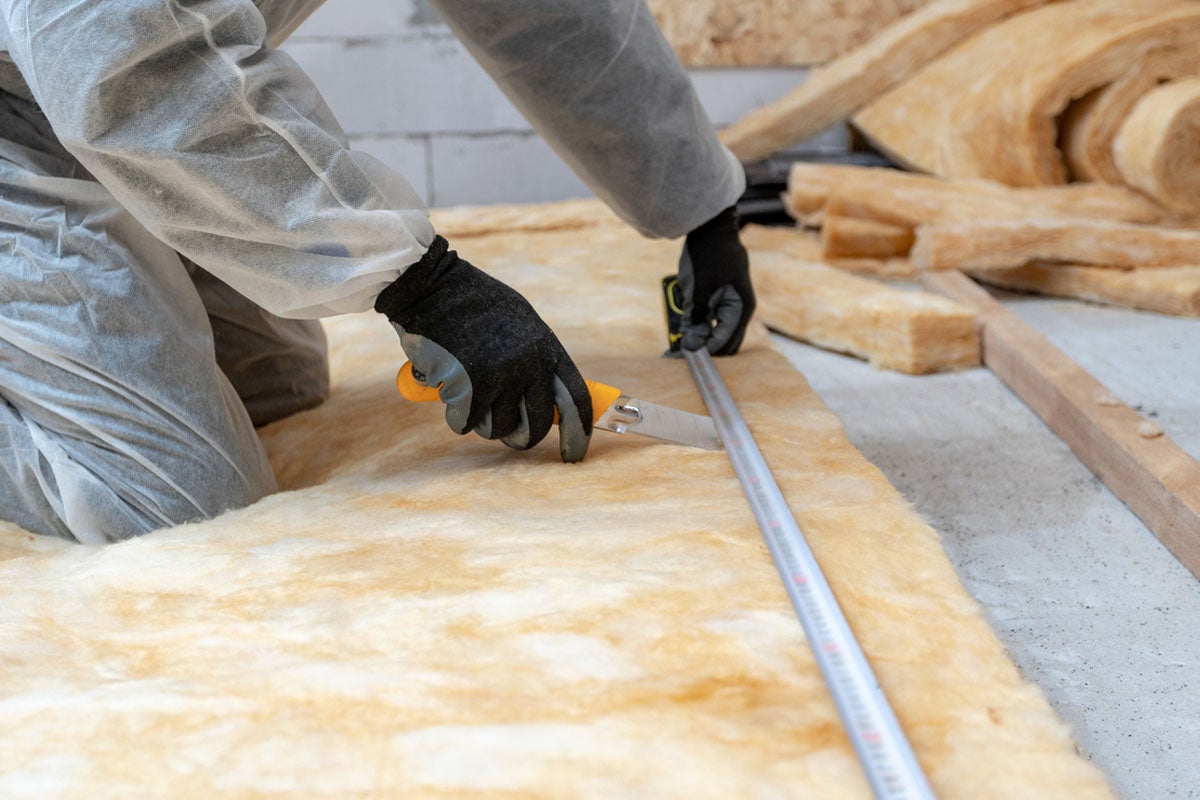
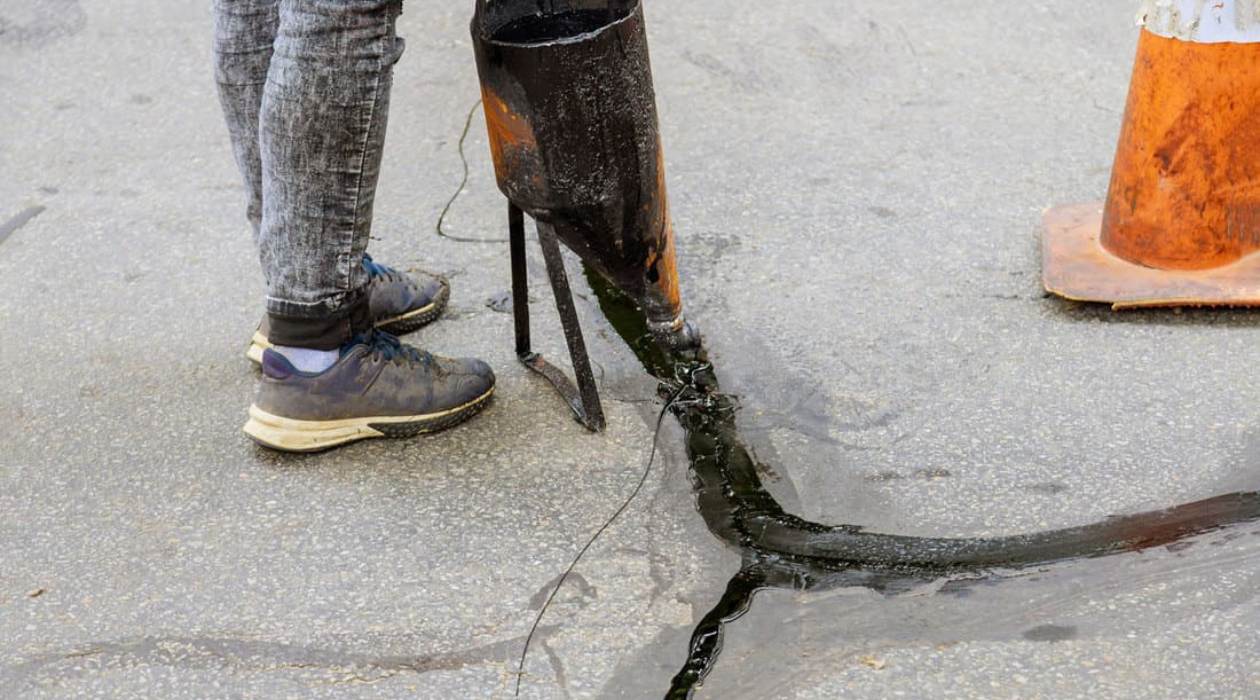


0 thoughts on “How Much Wildflower Seed Do I Need”